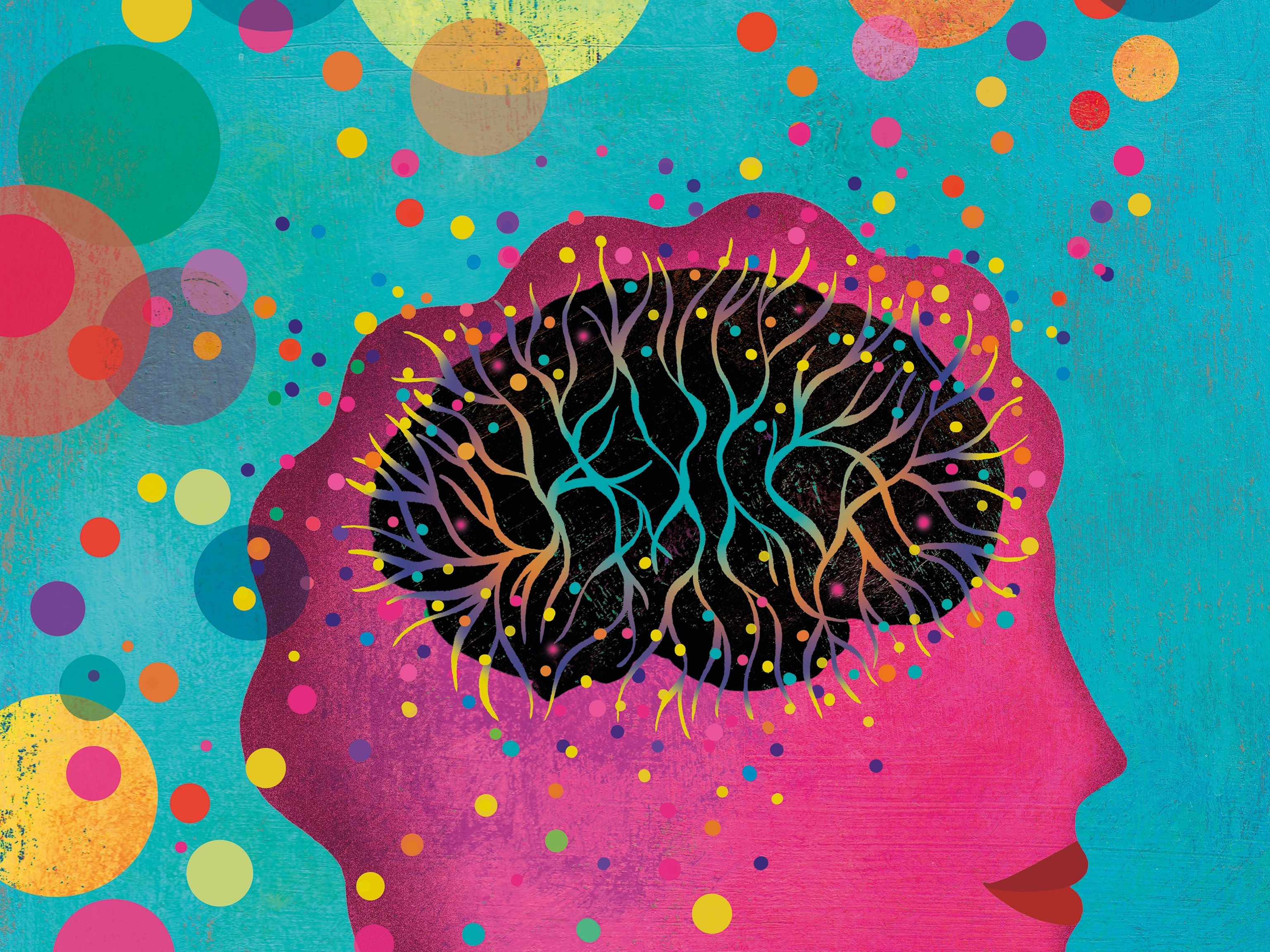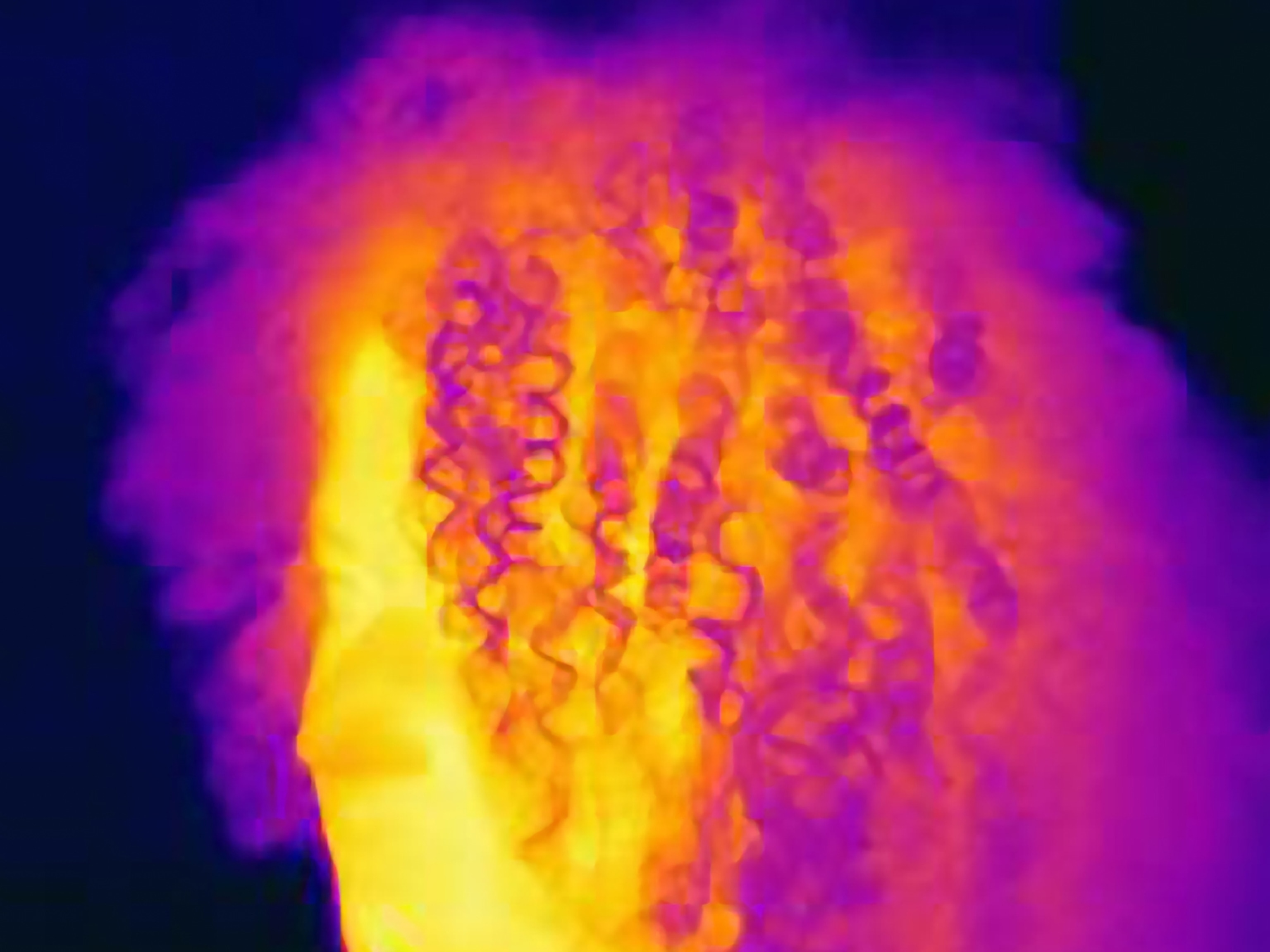First-of-Its-Kind Brain Surgery Saves Beloved Fur Seal
Ziggy Star was found stranded off the coast of California with a debilitating brain disease. Now, she’s back in the water.
When she was found off the coast of California four years ago, the fur seal that’s come to be known as Ziggy Star was thin and debilitated.
And though a professional marine mammal rescue team took her in to care for her, Ziggy continued to decline. "I wouldn't have given her next week," says Ane Uriarte, a neurosurgeon at Tufts University's Cumming Veterinary Medical Center, who led a recent first-of-its kind brain surgery on the seal.
Now, Ziggy is eating a full diet and is beginning to gain weight again.
"Recently I've allowed her to go swimming," says Jen Flower, the chief clinical vet at Connecticut's Mystic Aquarium, who oversees Ziggy and the other animals' care.
The seal had been kept on land to prevent water from entering the incision on her head. Being able to swim again has made the seal quite happy, says Flower.
While the veterinary team at Mystic is fond of all their animals, she says, they formed a special bond with Ziggy because of the 24/7 care she requires. On the day of her surgery, Flower says that she and her team “were all quite emotional not knowing what would happen."
Unprecedented Surgery
MRI scans after Ziggy was found on the beach revealed that she had a neurological condition. When she was deemed unfit to return to the wild, officials from Marine Mammal Center outside of San Francisco sent her to Connecticut to live with Mystic Aquarium’s other fur seals and remain under veterinary supervision.
Despite non-surgical attempts to control her seizures and improve her condition, she worsened and her brain began to fill with fluid, a condition known as hydrocephalus. In 2017, Ziggy's cognitive functions declined further and her seizures continued.
The surgery was the first of its kind to treat hydrocephalus in fur seals. The surgical team at Tufts was unable to find any documented evidence of a similar procedure, so they needed a lot of preparation to operate on Ziggy's brain.
"I needed to concentrate on the shape of the brain and the shape of the skull," says Uriarte. The team took several MRI scans of Ziggy's head and flew in a fur seal skull from California to study.
"It looked very similar to a cat," Uriarte says.
Unlike surgeons who operate on humans, veterinary surgeons adapt their surgical techniques to different skull shapes.
"It's different to operate on a chihuahua and a mastiff," Uriarte says.
The biggest concern in operating on Ziggy was how to control the animal's anesthesia.
"When they're under anesthesia their body's reaction includes decreasing their heart rate, blood pressure, and respiration," says Flower, describing the special challenges of operating on seals.
Moving quickly was critical; the longer she was under, the more likely that she could lose her breathing reflex, says the surgeon.
To remove the fluid the vets inserted a small valve into Ziggy’s brain and attached it to a tube that runs down the back of the animal’s neck and into her abdomen. Now that valve releases excess brain fluid into her abdomen, where Uriarte says the seal’s body is capable of processing the fluid without harm.
Mysteries Remain
The source of Ziggy’s neurological disorder is still a mystery.
Uriarte is doubtful that Ziggy would have been able to survive to adulthood had she been born with the condition.
"My theory is that when was found, she had a head trauma," she says. "Hit by a boat maybe... That happens a lot with seals."
Flower is less willing to speculate.
"I don't think there's enough information to make that assumption,” she says. “We just don't know what happened to her.”





